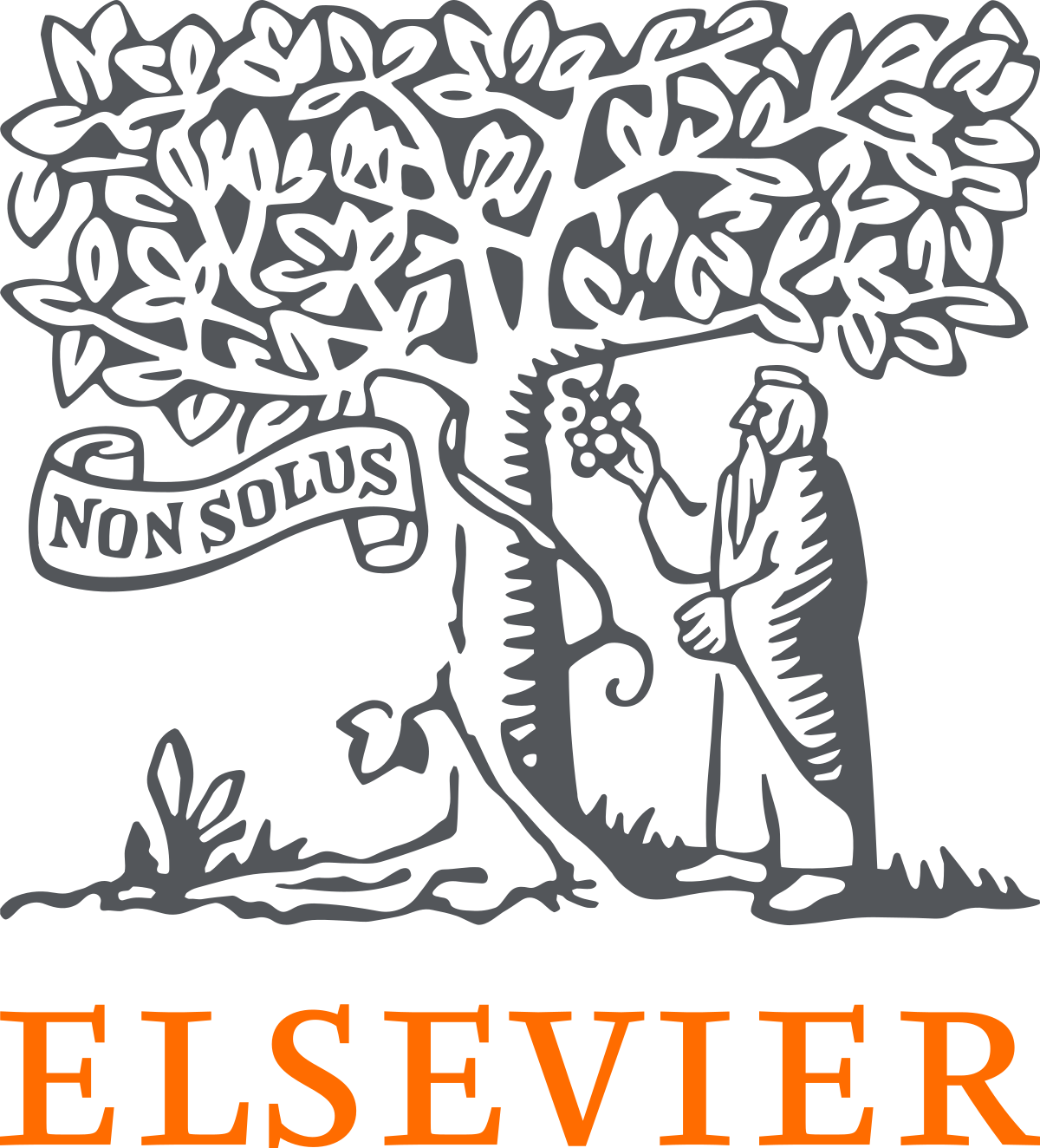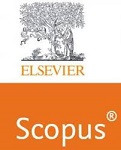Cloud Migration DBA Strategies for Mission-Critical Business Applications
Keywords:
Airplane Mode: mission-critical applications, cloud database management, performance optimization, high availability, disaster recovery, data security, and cost optimization SQL databases, NoSQL databases, and cloud DBA strategiesAbstract
Cloud migration databases for mission-critical business applications. This document runs through some of the core approaches that Cloud DBAs need in order to effectively manage these types of applications. These include performance enhancement via sharing, replication, and read replicas; high availability and disaster recovery via auto-scaling, failover, and backups. Various effective security measures, like data encryption, access control, and real-time detection of malicious activities, are discussed for better embedding of security mechanisms in databases. It then analyses cost optimization and financial management practices, including resource management, data tiring, and observability, as well as how to balance efficient infrastructure with budget constraints. It also emphasizes the knowledge of SQL (Structured Query Language) and NoSQL (e.g., MySQL, PostgreSQL, MongoDB, Cassandra) database systems is crucial to creating scalable and adaptive solutions. This holistic framework empowers DBAs to optimize for the changing demands of cloud-based mission-critical applications while maximizing performance, reliability, and cost efficiency.
Downloads
References
J. Kong, C. Zhang, and S. P. Simonovic, "Resilience and risk-based restoration strategies for critical infrastructure under uncertain disaster scenarios," Sustainable Cities and Society, vol. 92, p. 104510, 2023.
M. Khan, Cloud Disaster Recovery: Planning and Implementing Business Continuity, 2023.
V. Gazzola, S. Menoni, P. Ghignatti, A. Marini, R. Mauri, and G. Oldani, "Analysis of Territorial Risks and Protection Factors for the Business Continuity of Data Centers," Sustainability, vol. 15, no. 7, p. 6005, 2023.
J. Chen, E. Henry, and X. Jiang, "Is cybersecurity risk factor disclosure informative? Evidence from disclosures following a data breach," Journal of Business Ethics, vol. 187, no. 1, pp. 199-224, 2023.
P. Bhardwaj, K. Lohani, R. Tomar, and R. Srivastava, "Comparative Analysis of Traditional and Cloud-Based Disaster Recovery Methods," in Intelligent Computing Techniques for Smart Energy Systems: Proceedings of ICTSES 2021, Singapore: Springer Nature Singapore, 2022, pp. 105-117.
S. Sengupta and K. M. Annervaz, "Multi-site data distribution for disaster recovery A planning framework," Future Generation Computer Systems, vol. 41, pp. 53-64, 2014.
N. Bajgorić, L. Turulja, and A. Alagić, "Business Continuity Management, Disaster Recovery Planning: Compliance in Practice," in Always-On Business: Aligning Enterprise Strategies and IT in the Digital Age, Cham: Springer International Publishing, 2022, pp. 51-78.
N. Sahebjamnia, S. A. Torabi, and S. A. Mansouri, "Integrated business continuity and disaster recovery planning: Towards organizational resilience," European Journal of Operational Research, vol. 242, no. 1, pp. 261-273, 2015.
T. Williams and M. Resto-Leon, "Cracking the code: The keys to a successful business impact analysis," Journal of Business Continuity & Emergency Planning, vol. 16, no. 4, pp. 313-319, 2023.
H. Hassel and A. Cedergren, "Integrating risk assessment and business impact assessment in the public crisis management sector," International Journal of Disaster Risk Reduction, vol. 56, p. 102136, 2021.
J. Hofmeister, D. K. Kanbach, and J. Hogreve, "Measuring and managing service productivity: a meta-analysis," Review of Managerial Science, pp. 1-37, 2023.
K. Meechang and K. Watanabe, "Implementing Area Business Continuity Management for Large-Scale Disaster: A Total Interpretive Structural Modeling Approach," Journal of Disaster Research, vol. 18, no. 5, pp. 513-523, 2023.
D. M. Kesa, "Ensuring resilience: Integrating IT disaster recovery planning and business continuity for sustainable information technology operations," World Journal of Advanced Research and Reviews, vol. 18, no. 3, pp. 970-992, 2023.
B. Ostadi, M. Ebrahimi-Sadrabadi, M. M. Sepehri, and A. H. Kashan, "A Systematic Literature Review of Organization Resilience, Business Continuity, and Risk: Towards Process Resilience and Continuity," Iranian Journal of Management Studies, vol. 16, no. 1, pp. 229-257, 2023.
N. Bajgorić, L. Turulja, and A. Alagić, "Business Continuity Management, Disaster Recovery Planning: Compliance in Practice," in Always-On Business: Aligning Enterprise Strategies and IT in the Digital Age, Cham: Springer International Publishing, 2022, pp. 51-78.
N. Russo, H. S. Mamede, L. Reis, J. Martins, and F. Branco, "Exploring a Multidisciplinary Assessment of Organisational Maturity in Business Continuity: A Perspective and Future Research Outlook," Applied Sciences, vol. 13, no. 21, p. 11846, 2023.
P. Bongini, M. Iwanicz-Drozdowska, and C. Liberati, "5 Business continuity planning and management," in COVID-19 and European Banking Performance: Resilience, Recovery and Sustainability, p. 64, 2023.
J. Logeshwaran, G. Ramesh, and V. Aravindarajan, "A Secured Database Monitoring Method to Improve Data Backup and Recovery Operations in Cloud Computing," BOHR International Journal of Computer Science, vol. 2, no. 1, pp. 1-7, 2023.
Downloads
Published
How to Cite
Issue
Section
License
Copyright (c) 2025 Balakrishna Boddu, Sethu Sesha Synam Neeli

This work is licensed under a Creative Commons Attribution-ShareAlike 4.0 International License.
All papers should be submitted electronically. All submitted manuscripts must be original work that is not under submission at another journal or under consideration for publication in another form, such as a monograph or chapter of a book. Authors of submitted papers are obligated not to submit their paper for publication elsewhere until an editorial decision is rendered on their submission. Further, authors of accepted papers are prohibited from publishing the results in other publications that appear before the paper is published in the Journal unless they receive approval for doing so from the Editor-In-Chief.
IJISAE open access articles are licensed under a Creative Commons Attribution-ShareAlike 4.0 International License. This license lets the audience to give appropriate credit, provide a link to the license, and indicate if changes were made and if they remix, transform, or build upon the material, they must distribute contributions under the same license as the original.





